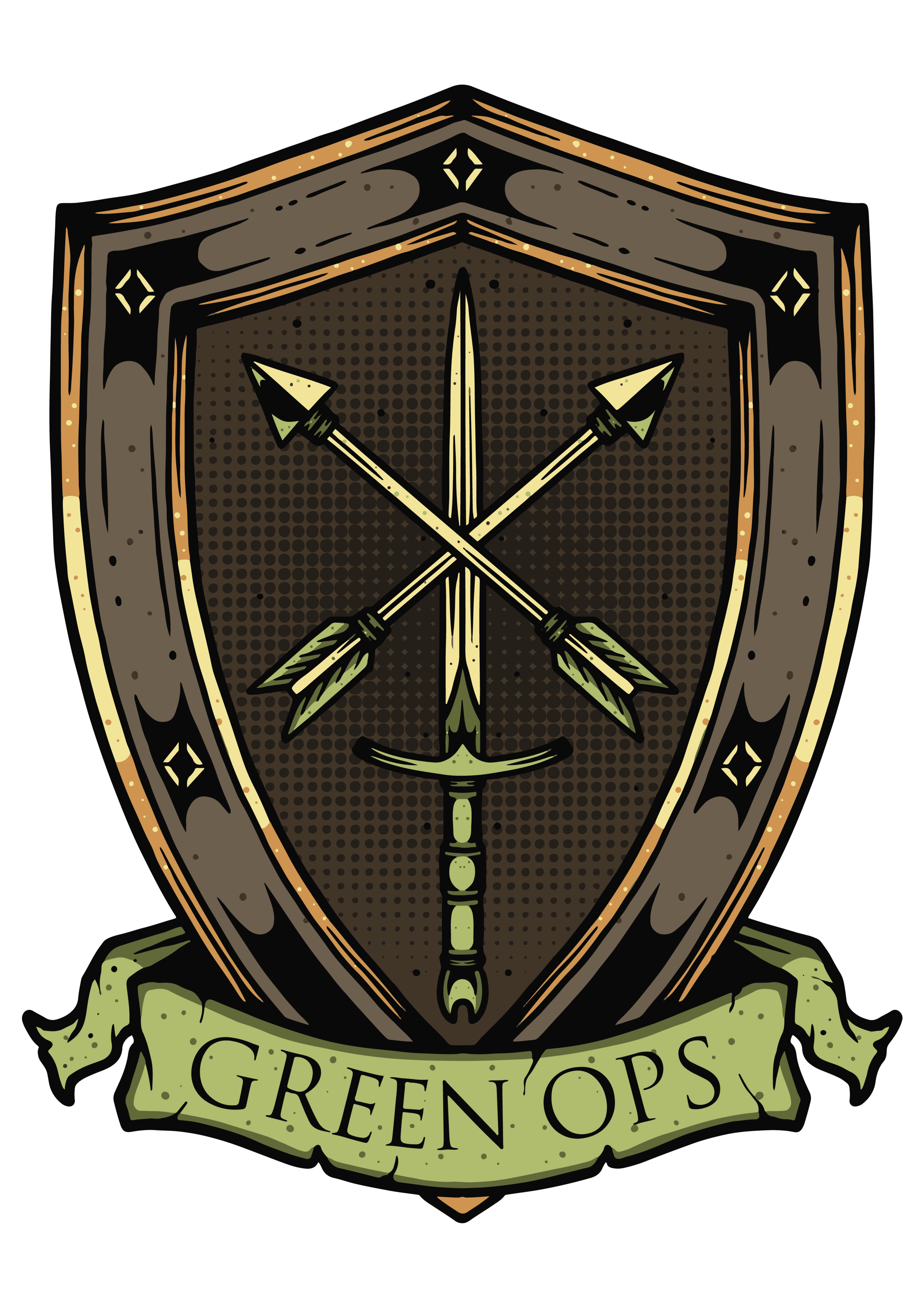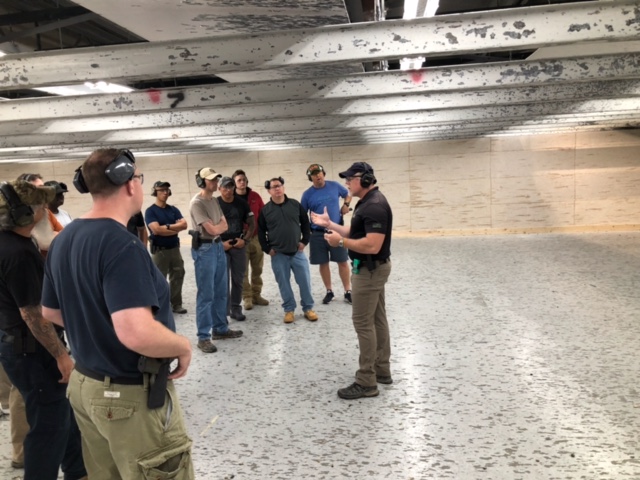AAR from Dave Z. at mdshooters.com (Practical Pistol/Competition Skills Clinic)
Disclaimer right up front: I HAVE NO RELATIONSHIP WHATSOEVER TO GREEN OPS BESIDES PAYING THEM MONEY FOR TRAINING. Some jackass here actually reported my last AAR as being advertisement, which is total nonsense. I train with Green Ops because they have convenient Sunday classes in a place I can get to quickly without a lot of drama. (When you are shomer Shabbat with a family, this is a HUGE thing!) Totally open to other training vendors who offer the same thing.
Anyways, on to the AAR!
I've recently started shooting IDPA, and enjoy it greatly. However, it has definitely revealed some shortcomings in my shooting technique, so I decided that, unclassified or not, I was going to sign up for the Green Ops "Practical Pistol / Competition Clinic" over at the NRA range, which happened last night.
The course is taught by Mike Green, who is a Master-class shooter in both IDPA and USPSA, alongside his extensive military experience. He was assisted by Brett, who is no slouch himself. I've seen Mike shoot at an IDPA match, and he's the real deal. (One of the class participants was also a USPSA Master-level shooter who was supposedly damn close to making GM, and while he wasn't teaching, he was a hell of a guy to just watch and learn from during drills. Quality of students matters!)
There were fifteen shooters, leveraging a variety of platforms. Skill levels varied, but everyone put a pretty decent showing. I shot with my stock Glock 17 on a Blade-Tech double belt comp rig. I will say that I saw a surprising number of equipment failures this class. Most were mag-related, but a couple were ammo related (fail to fire, not kB!, thankfully). I've said it before, and will say it again: make sure your entire system works before class. For my part, I had one round that failed to fire after what looked like a decent firing pin impact.
The clinic name was "practical pistol / competition". I would say that it tended to err on the side of practical. That's not a critique, but there was very little discussion of rules and scoring, other than shooting at a typical IDPA target with the scoring info written on it. There were a couple times in the class I kinda thought "if I took that extra .25 of a second, I wouldn't taken a point down", but never heard that calculus actually spoken. Yeah, that's gaming, and maybe I'm approaching it too much from my limited IDPA noob perspective, but I was surprised it was never mentioned. To be fair, I think it was IMPLIED, so maybe they were just confident we'd figure it out in context.
I guess I'm trying to say... don't take this class and expect to come out knowing how to shoot IDPA or USPSA. You can, however, take the class and learn some of the skills you'll need to shoot those sports.
The clinic followed the usual format of one hour in a classroom, 3.5-4 hours on the range. Classroom stuff was half administrative and assembly, half "how do you get from decent to Master-level shooting" (spoiler: purposeful dry-fire and purposeful training). There was no slide deck this time, and that was cool, I prefer it when the instructors show you with blue guns and such.
The range portion was essentially drills of the old IDPA classifier. That's a pretty reasonable decision, and gave a very nice spectrum of shooting techniques to practice. I would say that the focus was on transition times - going from that "double-tap, transition" sound to a smooth cadence. Nearly every drill featured multiple transitions. But a non-complete list of some specific stuff we practiced:
1. Body-then-head
2. "El Prez"
3. Support-hand-only (always humbling)
4. Strong-hand-only (which I've gotten better at!)
5. Reloads
I was disappointed that we didn't have time to practice barrier shooting. I can do it safely, but I feel like my technique could use a lot of improvement. Similarly, there was no time for non-standing position shooting. Yeah, in IDPA, you get a lot of weird positions that are hard to train for, but urban prone and kneeling are pretty standard.
Round count was on the low side of their estimates, but I think that's a plus. Dumping mags down range is fun, but pulling the trigger is like... 1/4 of the work in being successful in these scenarios, and maybe even less.
If there was one area that I think I improved in, it was transitions. It became very clear I was not doing these fast enough, and learning to do them during recoil was hugely helpful to my improvement as a shooter. This is one of those things that's difficult to figure out on your own on a lane in a range, since basically no ranges let you do cross-lane shooting (even a little!).
Even given the time constraints of the class, I learned quite a bit, and have some more things to work on at home. I feel like, with a successful class, the outcome should be "I better understand the path forward to improvement". That was definitely the case here, and it was money well spent. I recommend it to everyone. I'm shooting an IDPA match on Tuesday and a USPSA match on the Tuesday after that, so we'll see if it paid off.
ETA: forgot to mention that they have a nice post-class email where they send you all the drills you did for further practice. That kind of follow-through is always encouraging.


